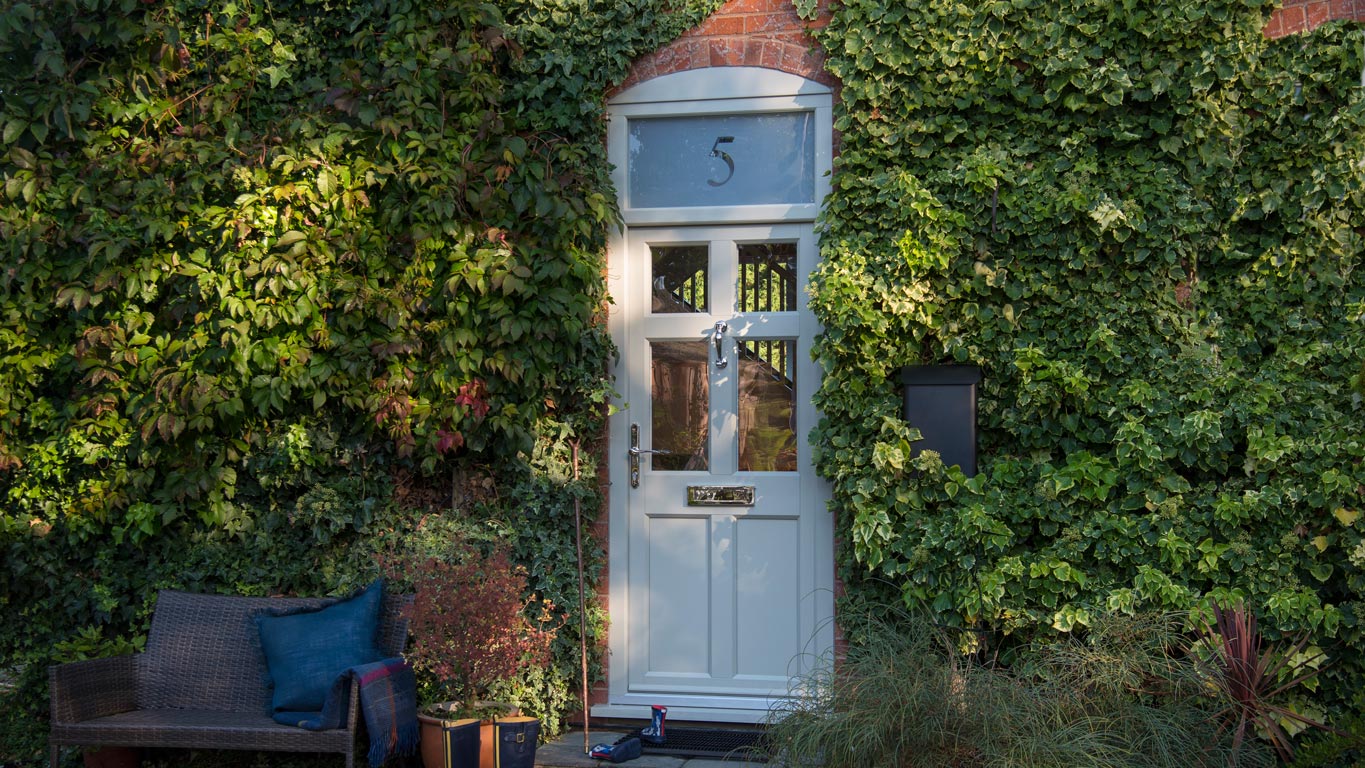Replacing Windows in a Conservation Area: What You Need to Know About Article 4 Directions
Upgrading to energy-efficient new windows and doors is one of the most effective ways to improve the comfort in your home and help reduce your energy bills. However, when replacing windows in a conservation area, you may need to navigate stricter planning rules before making changes — especially when it comes to replacing your windows.
This is where Article 4 directions come into play. These are additional planning controls that local authorities can apply to conservation areas, removing your usual permitted development rights. If you live in one of these designated zones, you may need full planning permission even for like-for-like replacements.
Let’s take a closer look at what that means — and how Evolution Windows can help.
What is a conservation Area?
Conservation areas are designated by local councils to protect the special architectural or historic character of a particular place. These locations are recognised for their heritage value and are subject to additional planning controls.
Local Planning Authorities are responsible for managing these areas, including reviewing any planning applications for changes to properties within them. If you live in a conservation area, any proposed alterations to your home — including window replacements — are likely to face closer scrutiny to ensure they preserve or enhance the appearance of the area.
There are thousands across the UK, from Victorian terraces and Edwardian suburbs to village greens and Georgian squares.

Understanding Conservation Areas and Article 4 Directions
Conservation areas are protected by local authorities to preserve their historic or architectural value.
In these areas, windows are often considered a key part of the building’s character. An Article 4 direction is a legal tool that allows a council to restrict changes that would otherwise not need planning permission — including changes to materials, glazing style, or window design.
That means even upgrading to new windows and doors could require formal consent.
Why New Windows Can Be Refused
Councils may resist modern replacements if they believe the new windows will harm the appearance of the building or the surrounding area. Some of the most common concerns include:
- Loss of traditional detailing: Original timber frames often feature fine glazing bars, flush sashes, or period hardware.
- Change in materials: Standard white uPVC can appear out of place in a street lined with traditional painted timber windows.
- Modern proportions or opening methods: Tilt-and-turn or stormproof casements can look visually at odds with historic façades.
Are New Windows and Doors Ever Accepted?
Yes — provided they respect the original character of the property. That’s where Evolution Windows come in.
The good news is, Evolution Windows have a lot of the design details of your original wood windows. Pencil and arriss joints, exact ovolo details, authentic Georgian bars, woodgrain textures, timber look cills, period hardware and much more.
We can help put together with your local Evolution Installation Partner the dimensions, drawings, or samples your local Authority may need.
We always recommend contacting your local planning department to check for any Article 4 restrictions and confirm whether our products are likely to meet approval.
To help you further, here are some Frequently Asked Questions about Windows and Doors in Conservation Areas
Do I need listed building consent as well as planning permission?
If your home is not only in a conservation area but is also a listed building, you’ll need listed building consent before making any changes to the windows. This is separate from standard planning permission and is required for any work that might affect the building’s historic character.
How long does it take to get planning permission for new windows?
Planning permission is typically decided within 8 weeks of submitting a valid application. In some cases, particularly where heritage or conservation issues are involved, it may take longer. It’s best to speak to your Local Planning Authority early in the process.
What documents do I need to submit with my planning application?
A typical planning application for window replacement in a conservation area should include:
- Detailed drawings of the proposed windows
- Photographs of the existing windows and property
- Accurate measurements
- A design and access statement (if required)
- Sometimes, written consent from neighbours may also be requested if they are affected
What if my planning application is refused?
If your application is rejected, the Local Planning Authority should provide reasons. You can either revise your proposal based on their feedback and resubmit or appeal the decision. Seeking advice from a specialist installer or conservation expert can improve your chances of success.
Can I use casement windows in a conservation area?
Yes, casement windows may be permitted in conservation areas — but they need to match the traditional style and proportions of the original windows. Flush casement designs with slim frames and traditional detailing are often more acceptable than modern stormproof variants, unless you are replacing Stormproof timber windows.
What are conservation-grade uPVC windows?
Conservation-grade uPVC windows are specially designed to replicate traditional timber styles. They often include features like woodgrain finishes, mechanical joints, slim sightlines, and period hardware. These can sometimes be approved in conservation areas, especially where the design closely matches the original. Our Evolution windows should be acceptable, depending on your local authority and their rules.
Is secondary glazing an option in conservation areas?
Yes, if replacing the windows isn’t allowed or is too complex, secondary glazing can be a practical alternative. It involves fitting an internal pane of glass behind the existing window to improve thermal and acoustic performance without altering the external appearance.